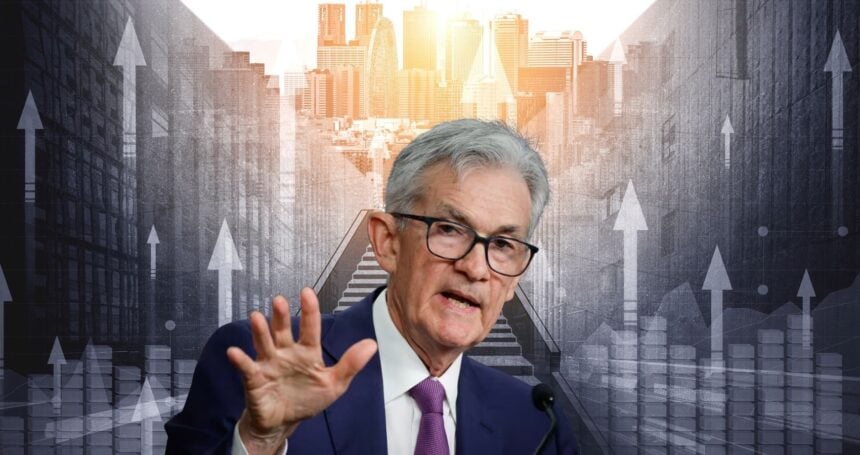The S&P 500 finished modestly higher Thursday, extending a record setting streak from Federal Reserve officials that pointed to a more deliberate approach to policy from here.
The benchmark added 0.06% to 6,715.35, while the Dow rose 0.17% and the Nasdaq gained 0.39%. The move kept risk appetite intact even as Washington’s budget standoff delayed the monthly payrolls report, a missing data point that would normally shape the rate debate.
Fed Chair Jerome Powell said last week that “the balance of risks has shifted,” explaining that policymakers moved the stance “closer to neutral” with a quarter point reduction and will keep decisions “not on a preset course.”
His remarks reinforced the message that the committee aims to support employment while ensuring inflation returns to target, and that any follow-up steps will hinge on incoming evidence rather than a schedule.
Dallas Fed President Lorie Logan went a step further this week, cautioning that there may be “relatively little room to make additional rate cuts without inadvertently” easing too much.
“I will be cautious about further rate cuts,” Logan said in prepared remarks, arguing that non-housing services inflation remains sticky and that policy should stay at least modestly restrictive until price pressures cool more convincingly.
After the September decision, the committee set the target range at 4% to 4.25% and signaled it would keep paring its securities holdings, language that left room for adjustments but avoided promising a rapid sequence of cuts.
The official statement underscored that downside risks to employment had risen even as inflation remained above 2%.
Mega-cap tech remained a pillar of support and the Nasdaq hit new all-time high during the week, helping keep the S&P 500’s multiple elevated despite mixed economic signals.
Vice Chair Philip Jefferson on Friday reiterated that the labor market has softened and could face more stress without appropriate support, framing the September rate move as a balanced step and avoiding commitments about the timing of any next cut.
His emphasis on two-sided risks echoed the chair’s message that flexibility is paramount while inflation and employment pressures pull in opposite directions.
U.S. inflation signals, the TSX stalls near a record, reflecting the same push-pull between growth hopes and policy caution that is shaping Wall Street.



















